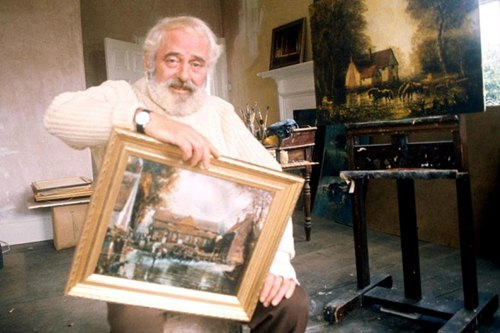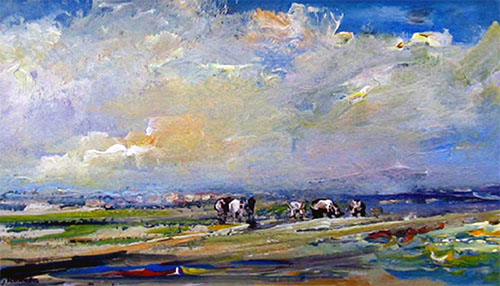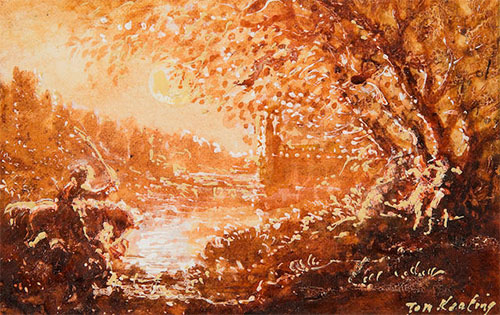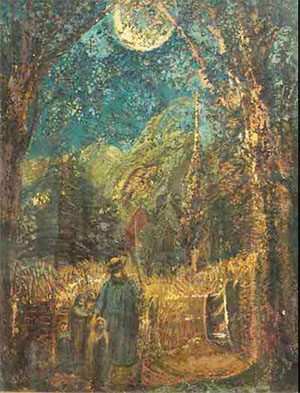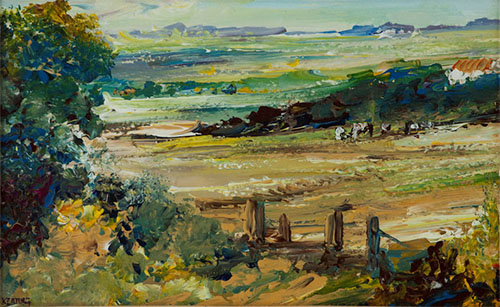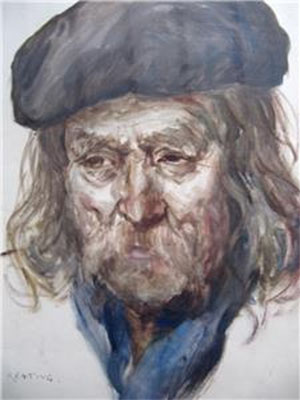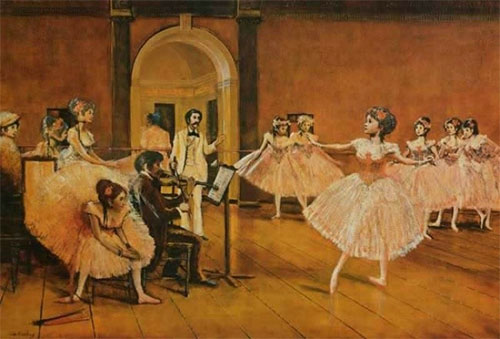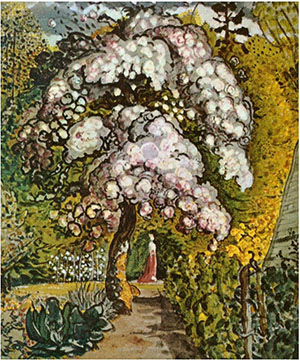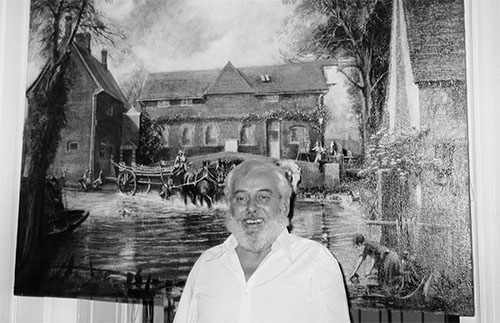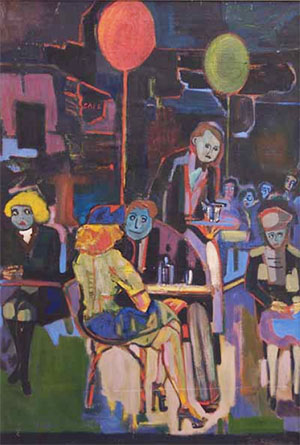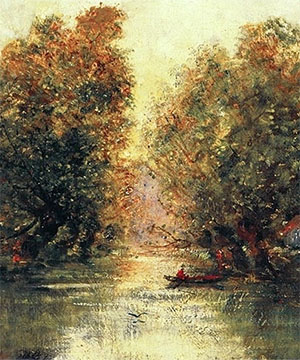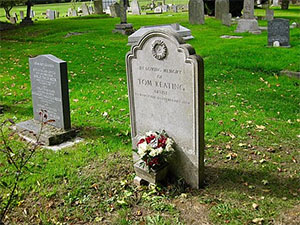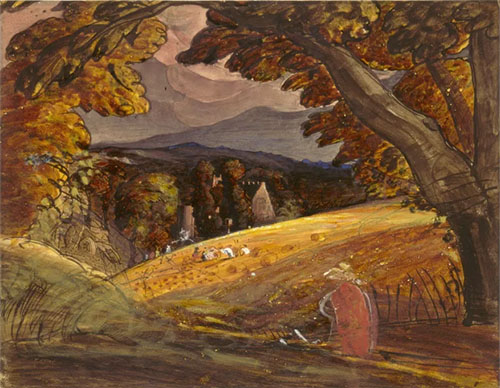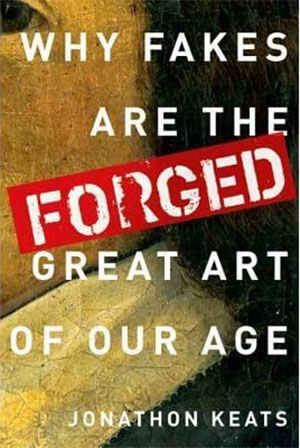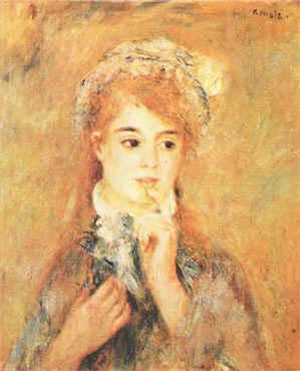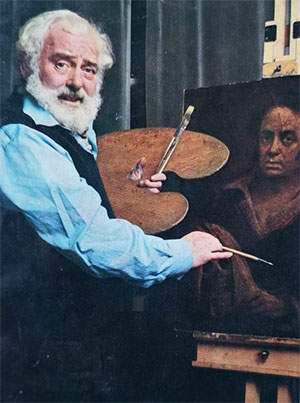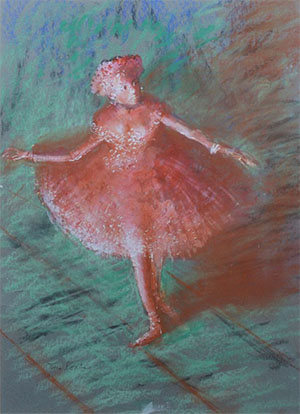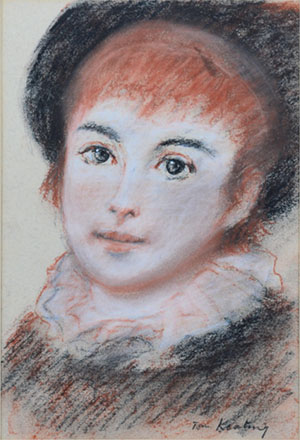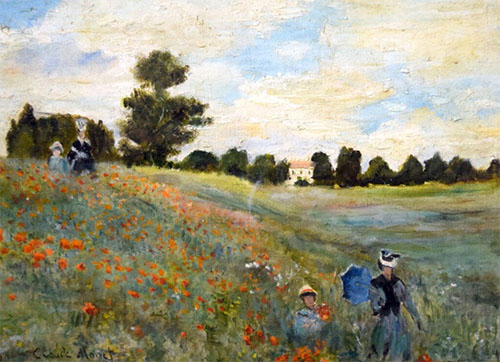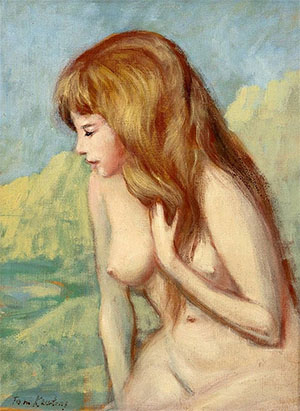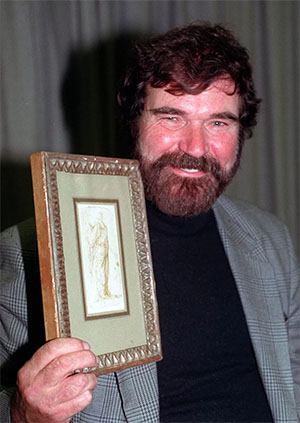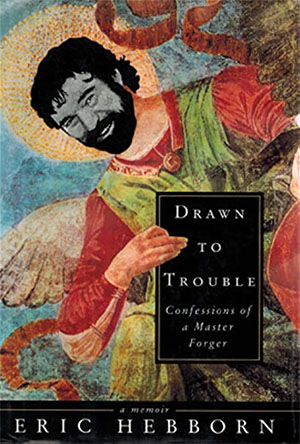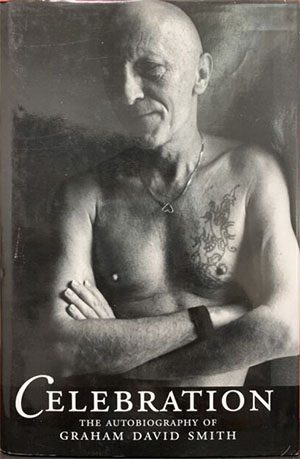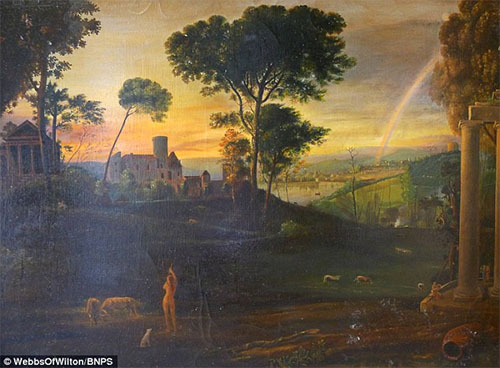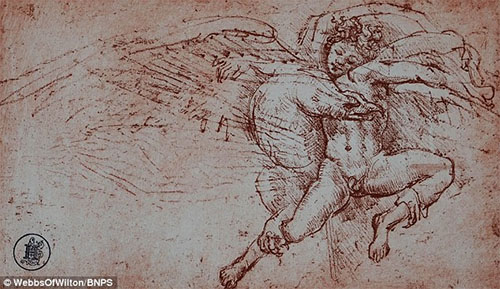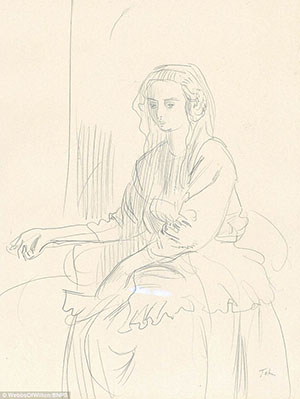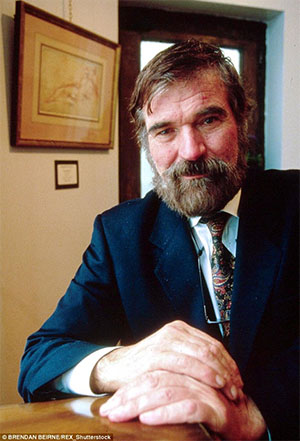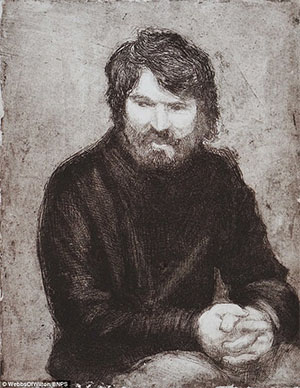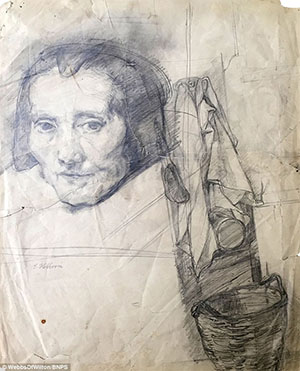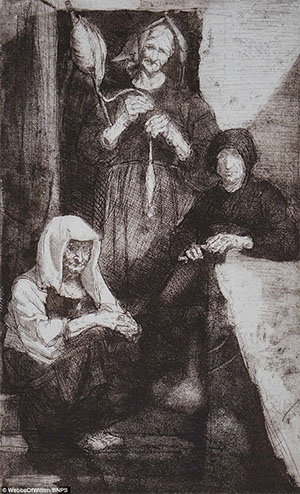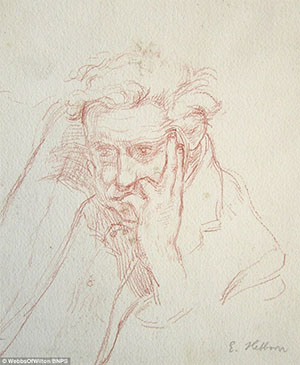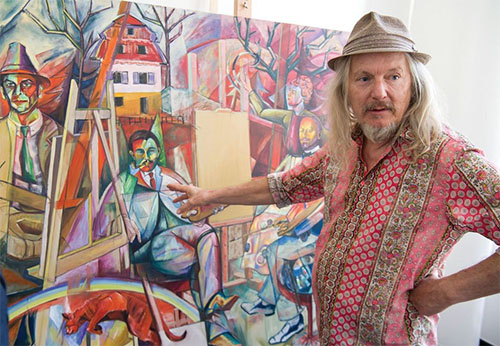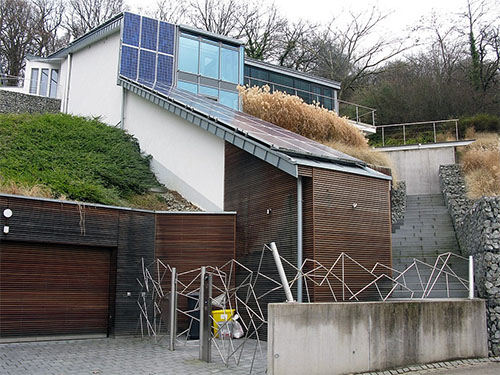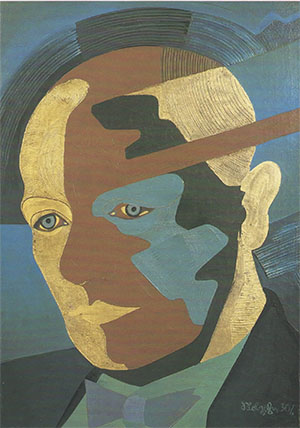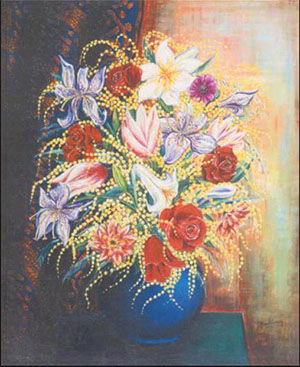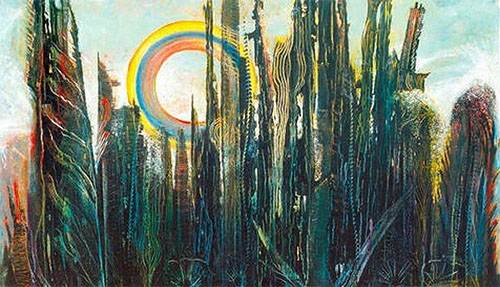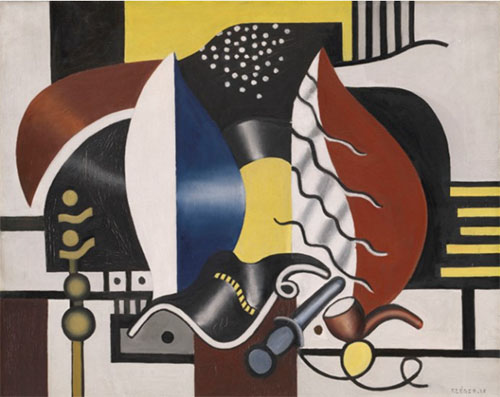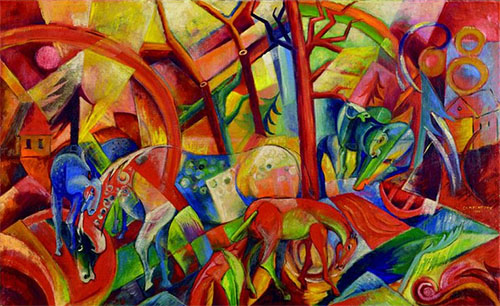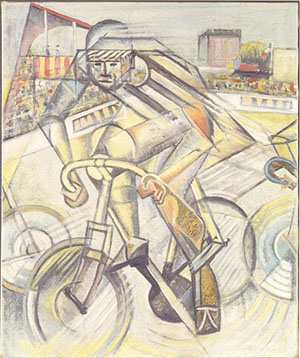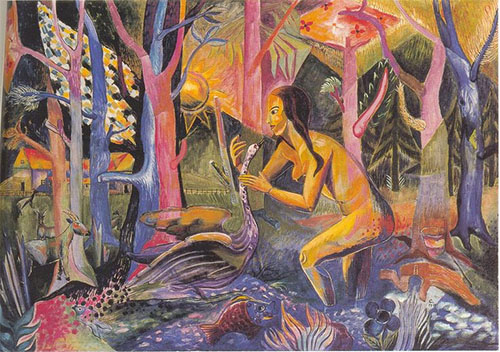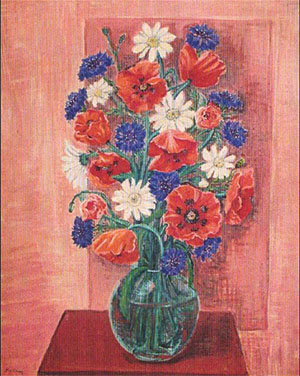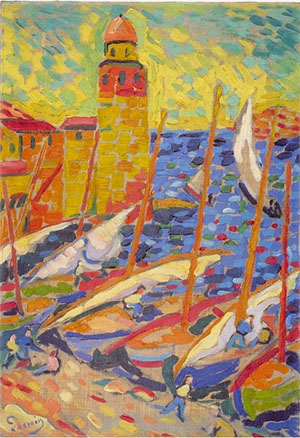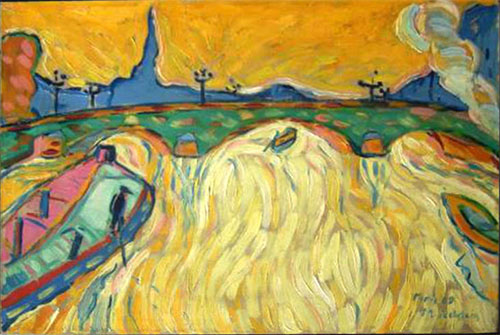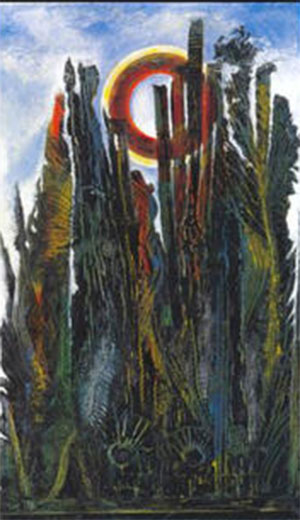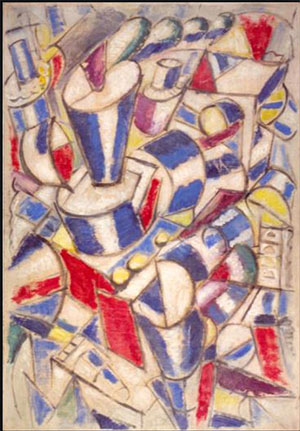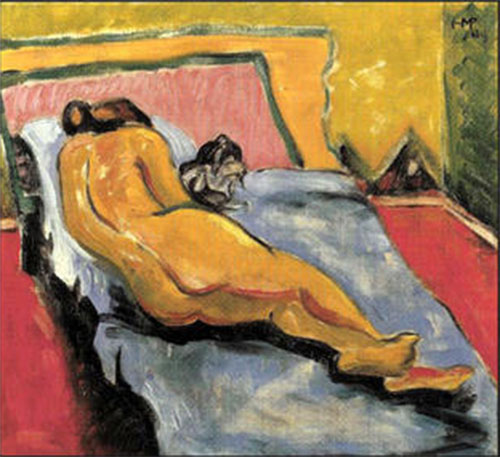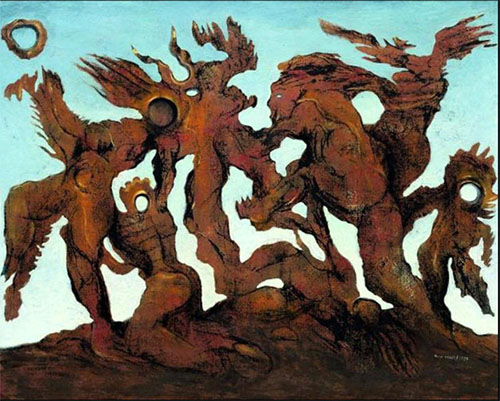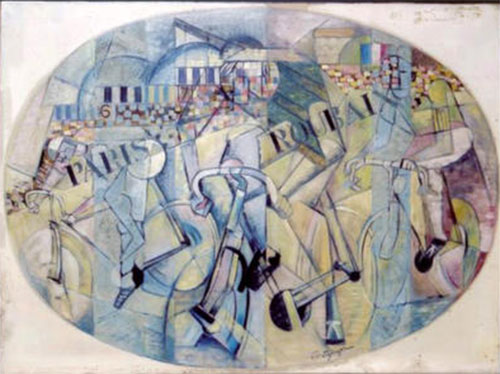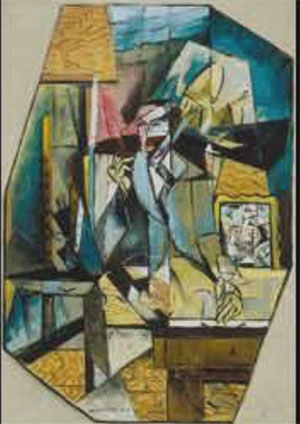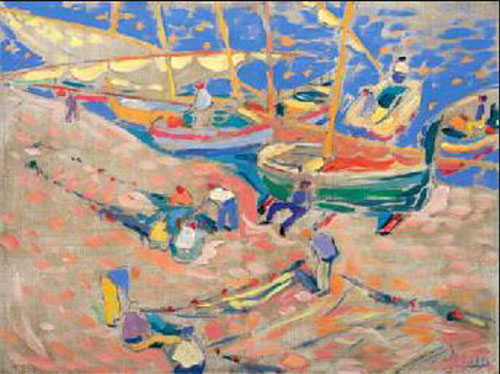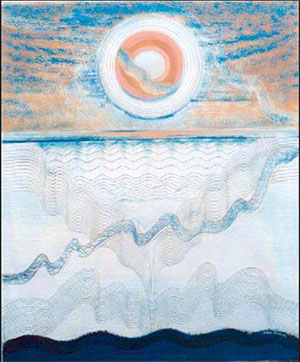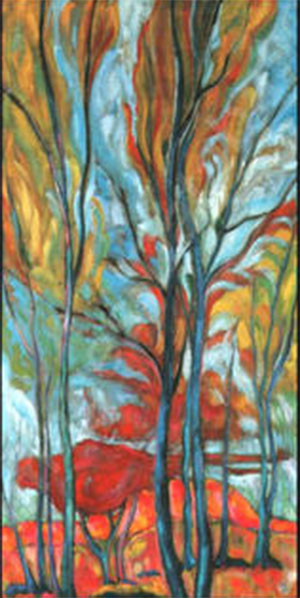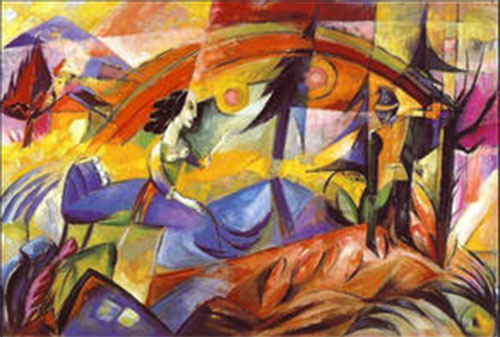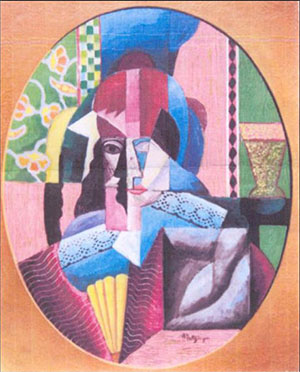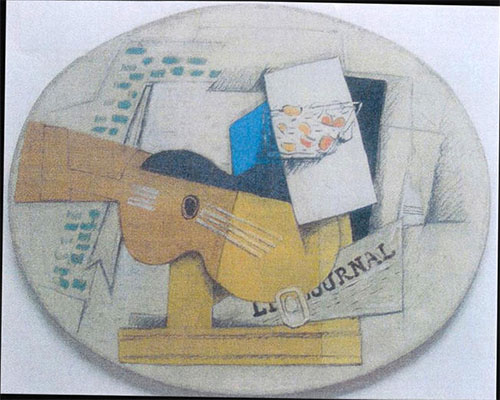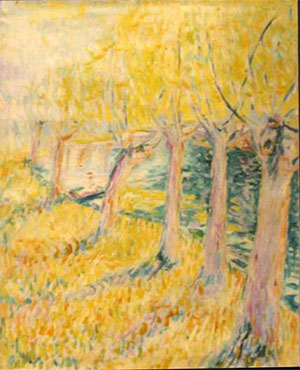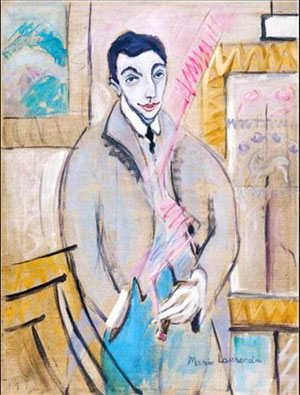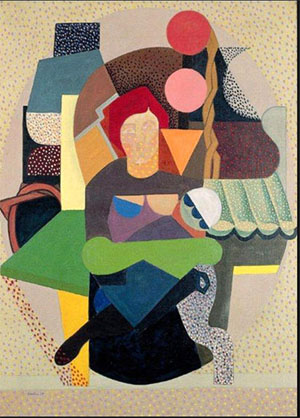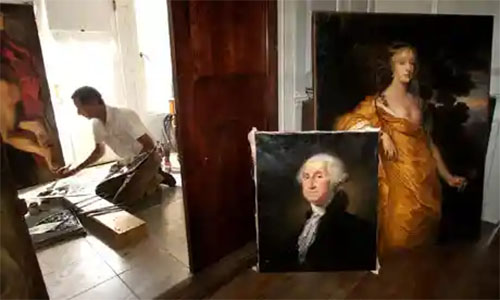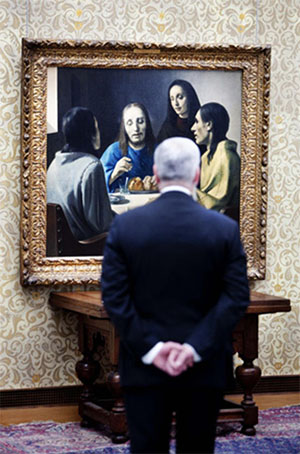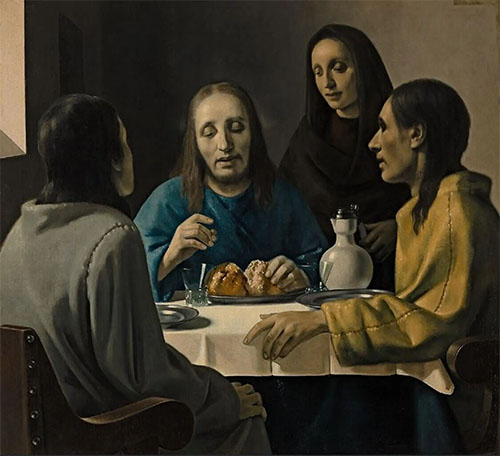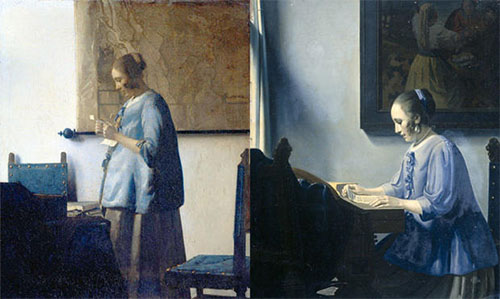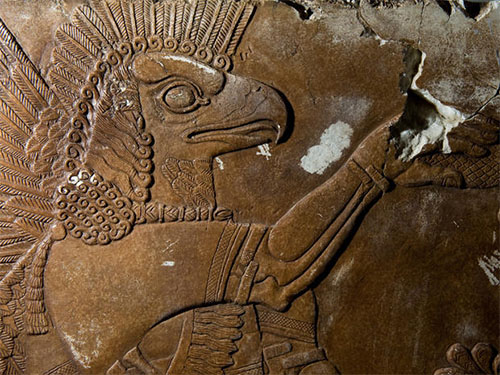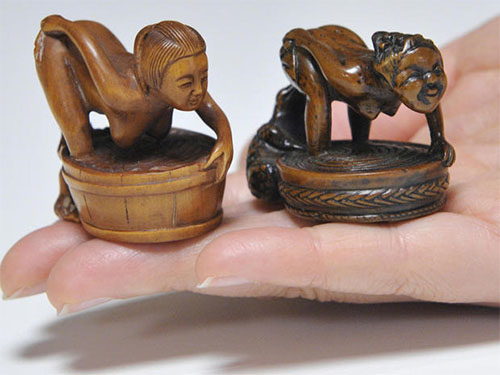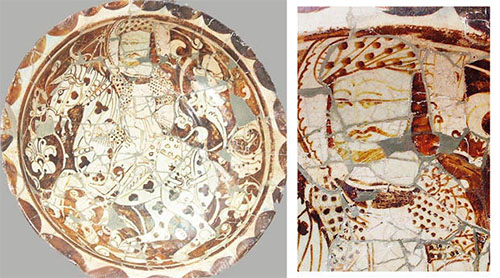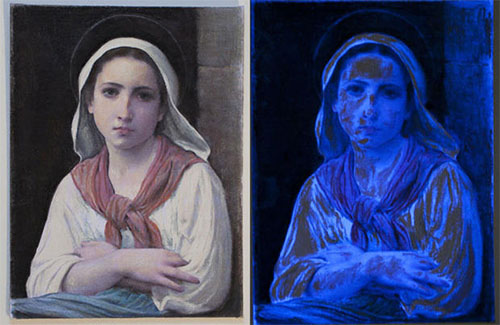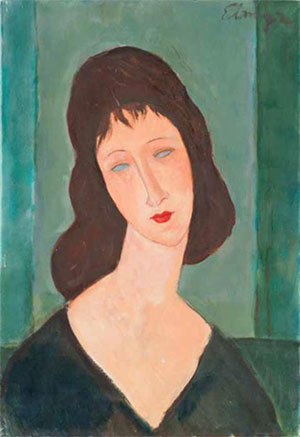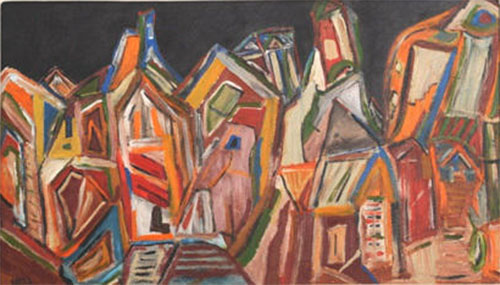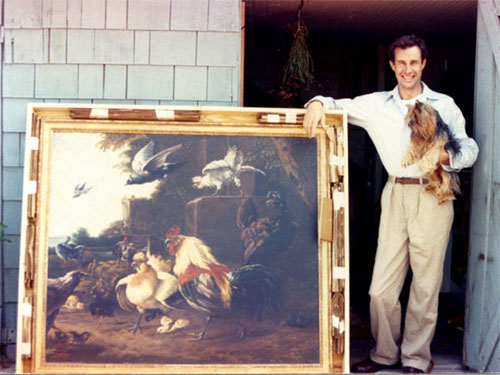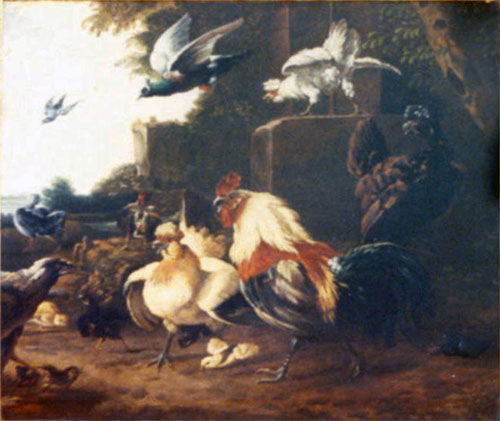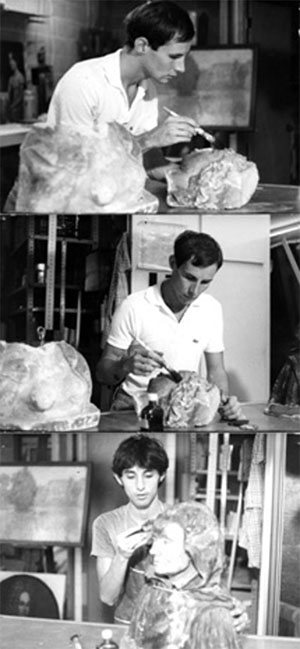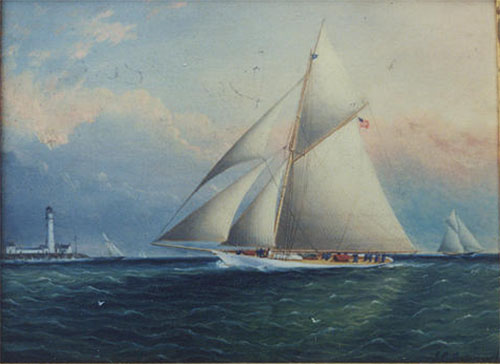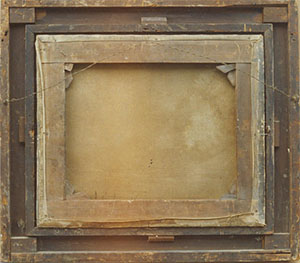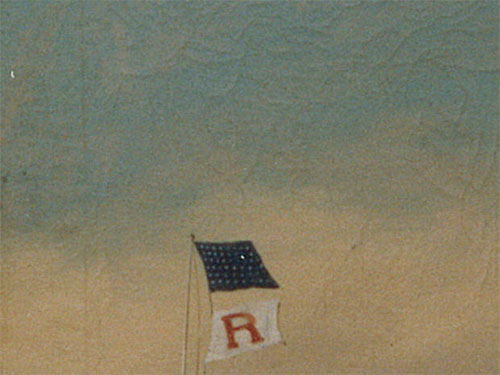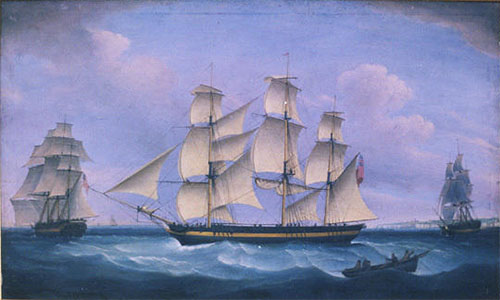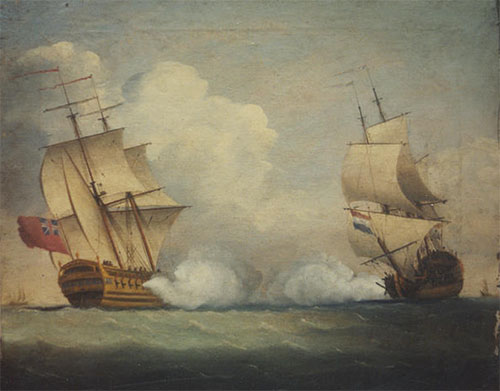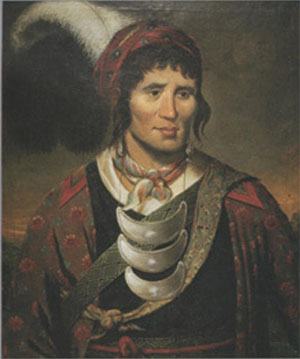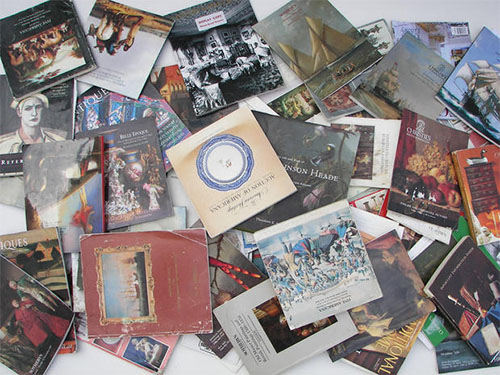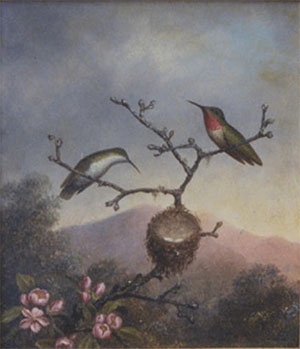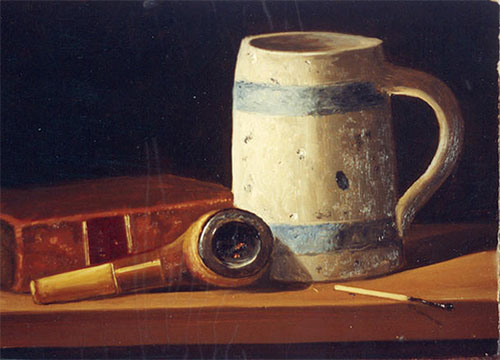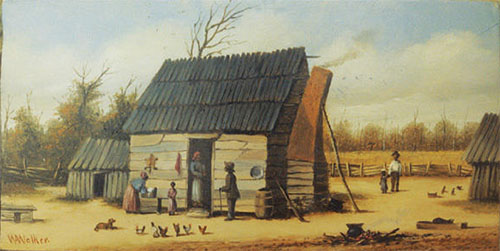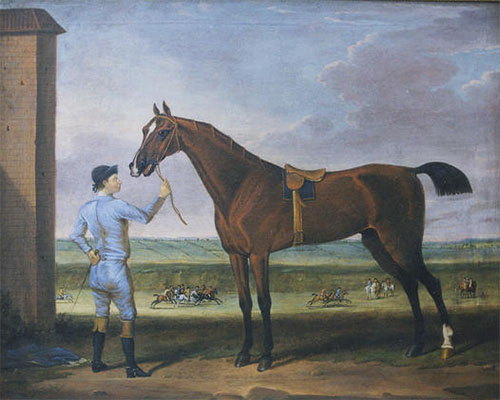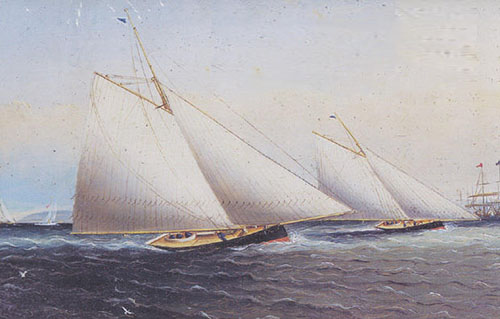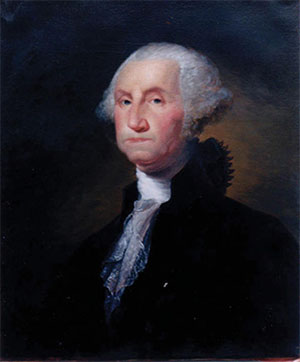Mr. [Bernard] Houghton and Dr. [Alois Anton] Führer: a scholarly vendetta and its consequences
by Andrew Huxley
South East Asia Research, 19, 1, pp 59–82
2011
NOTICE: THIS WORK MAY BE PROTECTED BY COPYRIGHT
YOU ARE REQUIRED TO READ THE COPYRIGHT NOTICE AT THIS LINK BEFORE YOU READ THE FOLLOWING WORK, THAT IS AVAILABLE SOLELY FOR PRIVATE STUDY, SCHOLARSHIP OR RESEARCH PURSUANT TO 17 U.S.C. SECTION 107 AND 108. IN THE EVENT THAT THE LIBRARY DETERMINES THAT UNLAWFUL COPYING OF THIS WORK HAS OCCURRED, THE LIBRARY HAS THE RIGHT TO BLOCK THE I.P. ADDRESS AT WHICH THE UNLAWFUL COPYING APPEARED TO HAVE OCCURRED. THANK YOU FOR RESPECTING THE RIGHTS OF COPYRIGHT OWNERS.
-- A List of Inscriptions Found in Burma, by Charles Duroiselle, Part 1, 1921
-- Burma Research Society's Journal, Volume I, Part 1, June, 1911
-- The Journal of the Burma Research Society, Volume II, 1912
-- Burma Research Society's Journal, Volume III, Part 1, June, 1913
-- The Indian Antiquary, A Journal of Oriental Research in Archaeology, Epigraphy, Ethnology, Geography, History, Folklore, Languages, Literature, Numismatics, Philosophy, Religion, &c., &c., edited by Richard Carnac Temple, C.I.E., Major, Indian Staff Corps., Vol. 23, 1894
-- The Indian Antiquary, A Journal of Oriental Research in Archaeology, Epigraphy, Ethnology, Geography, History, Folklore, Languages, Literature, Numismatics, Philosophy, Religion, &c., &c., edited by Richard Carnac Temple, C.I.E., Major, Indian Staff Corps., Vol. 24, 1895
-- The Indian Antiquary, A Journal of Oriental Research in Archaeology, Epigraphy, Ethnology, Geography, History, Folklore, Languages, Literature, Numismatics, Philosophy, Religion, &c., &c., edited by Richard Carnac Temple, C.I.E., Major, Indian Staff Corps., Vol. 25, 1896
-- Dr Führer's Wanderjahre: The Early Career of a Victorian Archaeologist, by Andrew Huxley
-- Mr. [Bernard] Houghton and Dr. [Alois Anton] Führer: a scholarly vendetta and its consequences, by Andrew Huxley
-- Lumbini On Trial: The Untold Story. Lumbini Is An Astonishing Fraud Begun in 1896, by T. A. Phelps
-- The Piprahwa Deceptions: Set-ups and Showdown, by T.A. Phelps
-- Investigation of the Correctness of the Historical Dating, by Wieslaw Z. Krawcewicz, Gleb V. Nosovskij and Petr P. Zabreiko
-- Alois Anton Führer, by Wikipedia
-- The Buddha and Dr. Fuhrer: An Archaeological Scandal, by Charles Allen
-- William Claxton Peppe: Persons of Indian Studies, by Prof. Dr. Klaus Karttunen
-- Monograph On Buddha Shakyamuni's Birth-Place: The Nepalese Tarai, by Alois Anton Fuhrer
-- Georg Bühler, by Wikipedia
-- Archaeological Survey of India, by Wikipedia
-- Vincent Arthur Smith, by Wikipedia
-- ART. XXIX.—The Conquests of Samudra Gupta, by VINCENT A. SMITH, M.B..A.S., Indian Civil Service
Abstract: Between 1895 and 1921, the early history of Burma rested on a false premise: that the three oldest inscriptions found in Burma were genuine. Who forged these inscriptions? Why did they do so? By whom were the forgeries exposed? The answers to these questions prompt troubling thoughts about how state power impinged on the autonomous pursuit of knowledge during the high noon of the British Empire.
Keywords: epigraphy; forgery; scholarship; Burma
Author details: Andrew Huxley is the Senior Lecturer in the Laws of South East Asia, School of Law, SOAS, Thornhaugh St, Russell Square, London WC1H 0XG, UK. E-mail: ah6@soas.ac.uk.
The early 1920s in Burma were a time of ‘high political tension’.1 On 1 December 1920, Rangoon University came into existence, 47 years after it had first been proposed. Three days later, Burmese students launched their boycott of the new institution. The boycott turned into a conscience-raising campaign, which then became a national strike. By 1921, Burma was teetering on the edge of a people’s power revolution. The British responded by criminalizing each new form of protest as it arose. Measures such as the Criminal Law Amendment Act (1922) and the Anti-Boycott Act (1922) were effective in the short term, but in the long term, they could not save British rule. George Orwell joined the Burma Police Service in 1922, and soon realized ‘that the British Empire is dying’. He expressed this in an unforgettable image:
‘It was obvious that the elephant would never rise again, but he was not dead … It seemed dreadful to see the great beast lying there, powerless to move and yet powerless to die …’2
The crisis began as two linked disputes over the ownership of knowledge. Would the British or the Burmese have the final say over student entry? The latter responded to British restrictions on student entry by setting up an alternative system of national schools outside colonial control. Would the British or the Burmese have the final say over the syllabus? Both sides acknowledged the superiority of British knowledge in engineering and medicine, but it was contested in the disciplines of Burmese literature, history and law.
Charles Duroiselle, the long-serving Government Archaeologist, joined the fray when he agreed to serve as Rangoon University’s first Professor of Oriental Studies. Within a year of appointment, he challenged the idea that the British knew best about Burmese history:
‘I must take this opportunity for exploding once for all the myth of a “large stone slab with a Sanskrit record in the Gupta alphabet of Samvat 108, or AD 416”; it purports to have been erected by one “Maharajadhiraja Jayapala, King of Hastinapura (Tagaung) in Brahmadesa on the Eravati (Irrawaddy)” … Similarly the two alleged Sanskrit inscripts said to be lying in the court-yard of the Kuzeit pagoda at Pagan, the first dated AD 481, and the other AD 610.’
This was the first admission in public that the oldest inscriptions yet found in Burma had been forged.3 Duroiselle’s footnote in the Report of the Superintendent, Archaeological Survey, Burma admitted the deed, but not who had done it:
‘This Sanskrit inscription has never existed; it is the figment of a vivid imagination; but as it has been mentioned repeatedly in serious works (for instance: the Gazetteer of Upper Burma and the Shan States, Part I, Volume II, p 193; Gerini’s Researches on Ptolemy’s Geography, pages 471 note 2, and 746) and whole theories built upon it, it is time the truth about it should be known … It is not very clear where Sir G. Scott, Upper Burma Gazetteer, Part I, Volume II, page 186, got this erroneous information.’4
Duroiselle spelt out two references in detail. To read them is to learn who the forger was. The Gerini citation refers to the Tagaung Gupta inscription, and says: ‘See Dr Führer’s archaeological report for the year 1894’.5 The Scott citation contains pages of verbatim transcripts from Führer’s 1894 Report.6 Was it through self-restraint or censorship that Duroiselle did not name Führer directly?
Duroiselle’s second publication of 1921 suggests the latter. His List of Inscriptions Found in Burma was printed not only in the Annual Reports, but also as a free-standing monograph. The sole difference between the two texts is to be found in the footnote dealing with the Gupta inscriptions. The monograph version reads:
‘This Sanskrit inscription has never existed, but was invented in toto by Dr Führer during a tour he made in Burma, his note on this tour being published in 1894; it is he also who wrongly gave out, very circumstantially, that he had found the birth-place of the Buddha. As this note of Führer has been made use of in some serious works, and whole theories built upon it, it is time the truth about it should be known … The best construction that has been put on these doings of Führer is that his mind was weakening.’7
The monograph reveals; the Annual Report conceals. Given the evident strength of Duroiselle’s feelings, it is likely that his first wish was to reveal, but that he was then subsequently persuaded to conceal. To clarify his motivation, we must examine the whole story from 1894 to 1921. In the process, two earlier contests between empire and scholarship will be seen from a fresh angle. One contest took place in 1898 in Nepal and was ‘one of the most audacious frauds … in nineteenth century Indian archaeology’.8 The other happened in 1910 in Rangoon when the Burma Research Society went through its difficult birth.
Archaeologists, professional and amateur
The first teasing allusion to the Gupta inscriptions newly found in Burma was published in 1894. The editor of Indian Antiquary promised in due course to print ‘by very far the two oldest inscriptions yet unearthed at Pagan’.9
7 [It may help the present controversy for me to state here that by far -- by very far -- the two oldest inscriptions yet unearthed at Pagan are: (1) in North Indian 7th or 8th Century characters; this is filled with Sanskrit words and expressions mixed with those in another language not yet determined; (2) in Gupta characters and dated in the second Gupta Century, -- 400-400 A.D.; this is in Sanskrit. I hope in due course to have the publishing of both inscriptions in this Journal. -- ED.] -- The Indian Antiquary, A Journal of Oriental Research in Archaeology, Epigraphy, Ethnology, Geography, History, Folklore, Languages, Literature, Numismatics, Philosophy, Religion, &c., &c., edited by Richard Carnac Temple, C.I.E., Major, Indian Staff Corps., Vol. 23, 1894, p. 167, FN 7.
He did so the following year:
‘The following extracts from Dr Führer’s Annual Progress Report of the Archaeological Survey Circle, North-Western Provinces & Oudh, for the year ending 30th June 1894 will interest those readers who have followed the controversy between Messrs. Taw Sein Ko and Houghton …’10
MISCELLANEA.
SOURCE OF SANSKRIT WORDS IN BURMESE.
The following extracts from Dr. Fuhrer's Annual Progress Report of the Archaeological Survey Circle, North-Western Provinces and Oudh, for the year ending 30th June 1894, will interest those readers who have followed the controversy between Messrs. Taw Sein-Ko and Houghton on Sanskrit words in Burma, Vols. XXII. and XXIII. of this Journal.
Dr. Fuhrer and Mr. Oertel were deputed to Burma in 1893-94 to make an Archaeological Tour, which has resulted in a most valuable Report, and, as the Report is a good one on its own account, it is to be regretted that the indebtedness of the authors to the writer of this note is nowhere acknowledged, and that no Mention is made in it of the great debt due by them to Mr. Taw Sein-Ko.
Extracts.
Page 15. — "The most important discoveries as yet made at Pagan are two long Sanskrit inscriptions on two red sandstone slabs, now lying in the court-yard of the ancient Kuzeit [Kuzek] Pagoda. The oldest one is dated in Guptasamvat 163, or A.D. 481, recording the erection of a temple of Sugata by Rudrasena, the ruler of Arimaddanapura. The second record is written in characters of the North-Indian alphabet and dated in Sakasamvat 532, or A.D. 610. Its object is to record the presentation of a statue of Sakyamuni by two Sakya mendicants, named Bodhivarman and Dharmadasa, natives of Hastinapura on the Eravati (the modern Tagaung in Upper Burma), to the Asokarama at Arimaddanapura, during the reign of king Adityasena. Undoubted proof is here afforded that Northern Buddhism reached Upper Burma from the Ganges, when India was mainly Buddhistic."Gupta rulers patronised the Hindu religious tradition and orthodox Hinduism reasserted itself in this era.
-- Gupta Empire: Origins, Religion, Harsha and Decline, by factsanddetails.com/indiaIt is evident from the account of Hiuen-Tsang that Buddhism was slowly decaying when he visited India. Important centres of early Buddhism were deserted, though some new centres, such as Nalanda in the east, Valabhi in the west and Kanchi in the south, had sprung up. After some time Buddhism lost its hold in other provinces and flourished only in Bihar and Bengal, where royal patronage succeeded in keeping alive a dying cause. But it is clear that Buddhism was no longer popular and centred round a few monasteries. The Buddhism that was practised at these places was no longer of the simple Hinayana type, nor even had much in common with the Mahayana of the earlier days, but was strongly inbued with the ideas of Tantricism, inculcating belief in the efficacy of charms and spells and involving secret practices and rituals.
-- Nalanda Mahavihara: Victim of a Myth regarding its Decline and Destruction, by O.P. Jaiswal
Page 19b. — "The discovery amongst the ruins of Tagaung of terracotta tablets, bearing Sanskrit legends in Gupta characters and of a large stone slab with a Sanskrit record in the Gupta Alphabet of Samvat 108, or A.D. 416, affords a welcome corroboration to the statement of the native historians that, long before Anorata's conquest of Daton in the eleventh century A.D., successive waves of emigration from Gangetic India had passed through Manipur to the upper valley of the Irrawaddy, and that these emigrants brought with them letters, religion, and other elements of civilization. The inscription is one of Maharajadhiraja Jayapala of Hastinapura in Brahmadesa on the Eravati, and the object of it is to record in [Gupta] Samvat 108 the grant of an allotment of land and a sum of money to the arayasangha, or the community of the faithful, at the great vihara, or Buddhist convent, of Mahakasyapa, for the purpose of feeding bhikshus, or mendicants, and maintaining lamps at the stupa in the neighbourhood. The chief interest attaching to this inscription consists in its mentioning five lineal descendants of the Lunar Dynasty (Chandravamsa) of new Hastinapura, viz., Gopala, Chandrapala, Devapala, Bhimapala, and Jayapala, and its mentioning that Gopala left his original home, Hastinapura on the Ganges, and, after various successful wars with the Mlechchhas, founded new Hastinapura on the Irrawaddy. The vast ruins of Buddhistic Hastinapura are now buried in dense jungle, and would, no doubt, on excavation, reveal the remains of buildings raised by Indian architects and embellished by Indian sculptors. Undoubtedly valuable inscriptions would be unearthed, which might throw new light upon many dark points in the earliest history of India and Burma, and upon a civilization that appeared when New Pagan was founded, but then steadily declined. There are a few solid circular brick pagodas to the south, east, and west of ancient Tagaung, viz., the Shwezigon, Shwezati, and Paungdokya, which are held in great reverence, and which no doubt are very ancient. They were repaired during the reign of Alaungpaya, as recorded on three marble slabs."
R.C. Temple.
-- The Indian Antiquary, A Journal of Oriental Research in Archaeology, Epigraphy, Ethnology, Geography, History, Folklore, Languages, Literature, Numismatics, Philosophy, Religion, &c., &c., edited by Richard Carnac Temple, C.I.E., Major, Indian Staff Corps., Vol. 24, 1895, p. 275
It was these extracts that spread word of the Gupta inscriptions in Burma. Who was Indian Antiquary’s editor, and who were the three scholars he mentioned? After giving four paragraph-length biographies of the four men concerned, I turn to discuss the differences between professional and amateur archaeologists. Führer was paid to be Government Archaeologist of North-Western Provinces & Oudh (NWPO). Taw Sein Ko, Houghton and Temple performed their scholarly tasks for free in their spare time. I shall explain why it was preferable to be an amateur, and why there had been no professional archaeologist in Burma since 1890.
Richard Carnac Temple (1850–1931) was the son of Richard ‘Bumble’ Temple, an Indian bureaucrat whose achievements in the 1860s and 70s earned him a baronetcy and a seat in parliament. After Harrow and Trinity Hall, Temple fils joined the Indian Army, and was drawn to the study of India’s past. In 1885, he took over the editorship of Indian Antiquary, to which his gregarious disposition ideally suited him. This monthly journal acted as bulletin board for a community of linguists, historians, archaeologists and numismatists. Temple acted as the tireless blogger who posted updates and kept the Website up. He corresponded regularly with scholars in Asia, Europe and America. That he could edit Indian Antiquary from wherever the Army stationed him is a tribute to the efficiency of British India’s postal system. Temple was an amateur and had been self-taught in matters Indological. He earned his pay as Officer Commanding the Mandalay Garrison and as founder of the Upper Burmah Volunteer Rifles. In 1891, he transferred south to preside over Rangoon Municipality, where he raised the Rangoon Naval Volunteers and the risky-sounding Rangoon Voluntary Engineers (Submarine Miners). In 1894, Temple was promoted to Chief Commissioner of the Andaman Islands, which in effect meant running the Penal Colony at Port Blair. He retired from active service in 1904 at the age of 54. Living in Switzerland and England, he continued to edit Indian Antiquary until the 1920s.11
Taw Sein Ko (1864–1930) was an up-and-coming young Indian Civil Service (ICS) officer stationed in Mandalay when he first met Temple. His father was a Chinese merchant, his mother a Shan noblewoman. The family moved from Moulmein to Prome, then to Mandalay, where his father died. The widow and son retreated to Prome, then on to Rangoon. Throughout Taw Sein Ko’s education, he was taught in English. At 14, he won a government scholarship to attend Rangoon High School, where he learned Pali from Em Forchhammer and won the inaugural John Jardine Prize for Best High School Student. Chief Commissioner Charles Bernard marked him out as a promising prospect. After the University of Calcutta, Taw Sein Ko joined the Burma Commission, and spent three years as assistant to Em Forchhammer, who was then the Government Archaeologist and Professor of Pali. In December 1885, Bernard moved to Mandalay to pacify the freshly annexed Kingdom of Burma. His base was the former Royal Palace, now renamed Fort Dufferin. Taw Sein Ko was given a job scouting through the Royal Archives in search of usable information. Outside the Fort’s walls, the insurgents set fires, breached the flood defences and sniped at the occupying forces. The occupation staff members were ordered to carry a loaded revolver and short sword with them at all times. Within the Fort’s walls, Richard Temple, aged 36, struck up a friendship with Taw Sein Ko, aged 22. The editor encouraged Taw Sein Ko to contribute regularly to Indian Antiquary and to edit highlights of the Mandalay palace archives for publication. Taw Sein Ko spent the year 1892–93 in England. He taught Burmese in Cambridge and read for the bar in London. He was being offered a choice of future careers: to qualify as a barrister and serve the Burma Commission in a legal capacity, or to learn Chinese and serve in an intelligence capacity.12
Bernard Houghton (1864–1933) was, like Temple, born in India and educated in England. His father was a cochineal dealer, wealthy enough to send his son to Trinity College, Dublin. Midway through his second undergraduate year, Houghton left to cram for the Indian Civil Service (ICS) entrance exams. He came third in his year, and spent his griffin year (1884–85) in Madras as assistant to the Collector of Vizagapatam. At that time, Upper Burma urgently needed British bureaucrats. Houghton was posted to Burma, and spent the rest of his 26-year career there. During the worst of the insurgency, he acquired a reputation as a smart officer. While officiating as Deputy Commissioner of Sandoway in Arakan, he suppressed a rebel uprising and earned a written commendation from the Chief Commissioner. Stationed in remote Sandoway, Houghton had time to hone his gift for languages and studied for his proficiency exam in the Chin language. His examiner was so impressed by Houghton’s notes that he had them published. Houghton was promoted to Akyab, the capital of Arakan, as an additional Sessions Judge. At this point, Houghton’s first contribution to Indian Antiquary appeared – a review of a rival’s book on Chin linguistics. Over the next three years, Houghton contributed six more notes on linguistics and folklore. 13
Alois Anton Führer (1853–1930) was born into a German Catholic family. He studied Roman Catholic theology and Oriental studies at the University of Würzburg, taking ordination in 1878 and gaining his PhD in 1879. His Sanskrit lecturer, Julius Jolly, was associated with the Bombay School of Indology. That is probably how Führer came to be appointed Sanskrit teacher at St Xavier’s Institute in Bombay. Around 1884, Führer left the Catholic Church and started worshipping as an Anglican. This cost him his job. Back in Germany, he applied to be Curator of the NWPO Provincial Museum at Lucknow. Six months after his appointment, the Management Committee recommended him for a part-time job with the Archaeological Survey of India (ASI). James Burgess, the new Director-General, offered Führer a post, to run concurrently with the curatorship. Führer carried out highly successful digs at Mathura between 1889 and 1891. They transformed early Jain history and made his reputation as ‘probably the only scientific excavator in India worthy to rank with Dr. Dörpfeld and Prof. Petrie’.14 A few years later, Führer investigated Buddhist ruins in the Butwal stretch of the Terai, the strip of Nepalese territory immediately below the foothills of the Himalayas. This won him and his associates more praise from the press.15 Although Führer is mainly known for his exploits in Nepal and northern India, he maintained a lifelong interest in Burma. His first published research was into Burmese legal literature, and his last published work was on The Shaping of Ethics and Culture in Burma.16
Professional archaeology in India began tentatively in 1860. For five years, Major Alexander Cunningham ploughed the field alone. In 1871, Cunningham was given two locally hired assistants, Archibald Carlleyle and Joseph Beglar. Their work focused on Bihar and NWPO. Elsewhere, the Bombay Presidency hired James Burgess as its Archaeological Surveyor and Reporter in 1873, and British Burma allocated money to pay a Professor of Pali who would double as epigraphist. Madras started discussing a permanent appointment in 1870, but did not make one until 1882. In 1885, following Cunningham’s retirement, Viceroy Dufferin funded new ASI offices in the Punjab, Bengal and NWPO. The archaeologists concentrated on Buddhist and Jain sites, so their work did not much appeal to Hindus or Muslims. Nor was the Liberal wing of British opinion keen on paying for archaeology. Sir Edward Buck led those Liberals who would rather use funds to develop an export market in Indian arts and crafts. Buck lobbied (successfully) for the suspension of the Director-General’s job and (with partial success) for the closure of all the ASI offices in northern India. In 1892, Buck was promoted to control India’s purse strings, and announced the complete closure of the ASI. From 1 October 1895, all its staff were to lose their jobs.17
Burma was not immune from the Buck crisis. Dr Em Forchhammer carried out his first dig in Burma in 1880 and was appointed British Burma’s Government Archaeologist in 1882. He died in April 1890 on board an Irrawaddy Flotilla Company paddle boat. It would be tasteless to include him among the archaeologists whom Buck sacked that year. Nonetheless, Rangoon and Calcutta had agreed before Forchhammer’s death that he was too ill to continue working. The Burma archaeology job would go into suspension, whatever the immediate fate of its holder. During the nine-year interregnum that followed, Rangoon employed a skeleton native staff to keep the Archaeology Office open. Its monthly budget for 1897–98 was:
• 1 Pali Burmese clerk – Rs70
• 1 Burmese clerk – Rs60
• 1 clerk – Rs40
• 1 junior clerk – Rs30
• Total – Rs200 18
This was by some distance the smallest archaeology budget in British India. Madras, the next smallest, spent eight times as much as Burma. So it fell to Burma’s amateur archaeologists to keep archaeology alive in their spare time. Richard Temple was the prime mover, and Taw Sein Ko his preferred instrument. Immediately after Forchhammer’s death, Taw Sein Ko was deputed to clear the backlog of unpublished work. He saw two completed manuscripts, Arakan Antiquities and Kyaukku Temple, into print, but could only find enough among the ‘mass of papers’ left in Forchhammer’s office for one further publication, which became the Inscriptions of Pagan, Pinya and Ava.19 Forchhammer had pioneered the study of the Kalyani inscription, perhaps the most interesting of all Burmese epigraphs. Temple arranged funding for Taw Sein Ko to complete work on Kalyani and to explore the places mentioned therein. In the cold season of 1891–92, Taw Sein Ko inspected the sites between the mouths of the Salween and Sittang, and the Kalyani sima itself.20 In May 1892, the government paid for the inscribed Kalyani slabs to be restored.21 At that time, Frederick Oertel, an architectural engineer who had a keen interest in photography and archaeology, visited Burma. Temple met Oertel for a four-day tour of the Amherst Caves. Oertel carried on alone to Pegu, Prome and Pagan, and later that year published his photographic guide to Burmese antiquities.22 Oertel’s freelance mission paved the way for an official delegation the following year. Oertel was to be joined by Führer and two NWPO support staff on a Survey Tour of Burma. Führer was deputed to write a report on Burmese archaeology, which Rangoon could then use to raise funds, and to advise on expanding the Rangoon Museum. Taw Sein Ko cut short his legal studies in London and returned to Rangoon just in time to welcome the NWPO delegation. In Temple’s view, they showed insufficient gratitude for the information the Burmese amateurs had given them:
‘It is to be regretted that the indebtedness of the authors to the writer of this note is nowhere acknowledged, and that no mention is made in it of the great debt due by them to Mr. Taw Sein Ko.’23
Führer chose an odd way to express his apologies.
Forged inscriptions
Temple’s mention of a ‘controversy between Messrs Taw Sein Ko and Houghton’ referred to four short articles published in Indian Antiquary between 1892 and 1894 under the general rubric of ‘Sanskrit words in the Burmese language’.24 This linguistic argument fed into the larger question of whether civilization had reached Burma through Hindu colonists, or through Buddhist traders and travelling monks. Two types of evidence, epigraphic and morphological, bolstered the Hindu colonies thesis. Either one found an inscription that said, in effect, ‘I am a Hindu colonist of Burma’; or one found a Burmese word spelt Sanskrit-style. Provided the Sanskrit language and the Hindu religion were considered coterminous, such spelling allowed the gloss ‘I am a Sanskrit word, written by a Hindu colonist in Burma’. Forchhammer, an enthusiastic proponent of Hindu colonies, used both arguments to prove that the ruined city of Siri Kettera was ‘a chapter of the history of Ancient India’, that is, a Hindu colony. He adduced inscriptions ‘found nearby’, which showed Siri Kettera to have been ‘a dependency of the Mauryan kings and the Pandavas of Madhpyadesa’.25 As to spelling, Forchhammer explained that, although the law texts were written in Pali-Burmese, ‘the Sanskrit structure and the niceties of Sanskrit sandhi frequently peep through’.26 Indeed, it would be wrong to approach Pali-Burmese inscriptions without a thorough drenching in Sanskrit.27 Forchhammer was so convinced of this that even when he found a word spelt Palistyle, he intuited its Sanskrit origin: the word gaw.la ‘unmistakeably points to the Sanskrit Gau.da’.28
Taw Sein Ko revived these morphological arguments by listing 21 examples of Burmese words spelt in Sanskrit style.29 Houghton replied that, though such Sanskrit spellings existed, they were found only in ‘philosophical pseudo-scientific and courtly expressions’.30 Taw Sein Ko insisted that each was in common use ‘in social life’, adding that historically minded Burmese authors who used the correct Sanskrit spelling had been challenged by a ‘modern school of Burmese writers’ who, knowing ‘nothing about the obligations of Burmese to Sanskrit, desire to eliminate all Sanskritic elements’. He continued, warming up the controversy:
‘Mr Houghton accuses me of allowing my religious zeal to overstep my discretion in giving “this personage” the title of “Recording Angel of Buddhism”. A very little enquiry would have showed him that Childers makes use of this very title in his Dictionary.’31
Houghton replied that the spelling debate shed a ‘somewhat startling light’ on the proceedings of the Text-Book Committee. He urged public disclosure of ‘the arguments used by the native sayas in cases where their opinion over-ruled the more intelligent part of the committee’.32 There is rancour between Houghton and Taw Sein Ko, certainly, but no more than when any pair of 29-year-olds vies for the favour of a middleaged patron. The disputants were well matched, and their careers would, for the near future, run along similar trajectories. Taw Sein Ko spent 1892 studying at Cambridge; Houghton spent 1895 studying in Dublin. Houghton went to Hong Kong in 1896 to learn Chinese; Taw Sein Ko to Beijing the same year for the same purpose. It was Führer’s intervention in the debate, however, that stirred up real animosity between them.
Führer wrote to Temple in May 1894 with news of two Gupta inscriptions that he had discovered at Pagan. Temple saw this as conclusive of the Hindu colonies debate, and added some triumphalist footnotes disparaging Houghton’s continued opposition to the thesis.33 Führer’s new inscriptions told a consistent story of conquest followed by assimilation. The Pagan inscription of 481 CE shows the Sanskrit colonists reaching Burma around 400 CE writing a pure Sanskrit. The bilingual inscription of 610 CE shows them two centuries later, having taken local wives and mixed their pure Sanskrit with a local language. It also mentions two Sakya monks from Hastinapura-on-the-Irrawaddy, suggesting that the mother city of the colonists was Hastinapura, a city on the Ganges mentioned in the Mahabharata. Barely had Führer made this conjecture when he found epigraphic support for it. At Tagaung, he discovered a ‘large stone slab’ in Gupta script and Sanskrit language dated to the fifth century CE. It had been written ‘by the Great King of Kings Jayapala of Hastinapura in Brahmadesa’ on the Irrawaddy River, and it records his gift of land and money to support the Kassapa monastery:
‘The chief interest attaching to this inscription consists in its mentioning five lineal descendants of the lunar dynasty of New Hastinapura, viz Gopala, Chandrapala, Devapala, Bhimapala and Jayapala, and in its mentioning that Gopala left his original home, Hastinapura on the Ganges, and, after various successful wars with the mlechchhas, founded new Hastinapura on the Irrawaddy.’
QED the Sanskrit colonization of Burma. The Tagaung inscription affords ‘a welcome corroboration’ that ‘successive waves of emigration from Gangetic India’ had civilized Burma:
‘The vast ruins of Buddhist Hastinapura are now buried in dense jungle, and would no doubt, on excavation, reveal the remains of buildings raised by Indian architects and embellished by Indian sculptures.’ 34
It is worth noting that Führer, even though he had a cameraman and a draftsman with him, took neither photograph nor sketch of the Gupta inscriptions.
Führer’s first audience believed in the Gupta inscriptions because they believed in Hindu colonies. Gradually, as they realized that the facts on the ground did not fit, they came to doubt that the inscriptions existed. Neither of the ‘Gupta inscription find-spots’ was an isolated backwater. A daily boat service links Tagaung and Pagan with Mandalay and Rangoon. Burma’s amateur archaeologists would have wanted to inspect the oldest epigraphs yet found in Burma, and publish them in full. If Temple, Houghton and Taw Sein Ko did not inspect the sites personally, then they despatched reliable intermediaries on their behalf. There are indications that Temple and Houghton had discovered the truth by the end of 1896. Certainly, Taw Sein Ko had done so by 1900.
In the long term, how much did these forgeries matter? Führer published them in the NWPO Progress Report, which was a demi-official document of limited circulation. Only a few university libraries received copies, and only a dozen were sent as personal gifts to Indologists in Europe. Was Duroiselle exaggerating when he said that whole theories – meaning the Hindu civilization of Burma – rested on the evidence of the Gupta inscriptions? Although the Progress Report itself was not widely circulated, Führer’s description of the Gupta inscriptions was reprinted three times. NWPO’s Annual Report reproduced three short extracts, including Führer’s account of the two Pagan inscriptions and the Tagaung inscription.35 In 1895, Temple republished the Gupta inscription extracts in Indian Antiquary. In 1902, several pages of the Progress Report were reprinted verbatim in Gazetteer of Upper Burma and the Shan States. Quite how much responsibility George Scott, its editor, took for Führer’s facts is hard to say. In the main, Scott reproduced Führer’s claims verbatim, but he did suppress one particularly egregious claim.36 By the early 1900s, anyone with an interest in the archaeology of Burma had ample opportunity to read about the Gupta inscriptions in Führer’s own words.
Forged relics
Führer and Oertel travelled one stop north from Tagaung to Katha. There, at the Mahahti monastery, Führer met Shin U Ma, an English-speaking monk. They discussed the archaeology of the Buddhist Holy Land. Führer had visited Bodhgaya (where Gautama achieved Buddhahood), Sarnath (where the Buddha preached his first sermon) and the Jetavana monastery at Savatthi (where the Buddha spent most of his Lents). They never again met face to face, but they exchanged letters, telegrams and parcels over the next four years. Twelve of these letters survive in the Indian National Archive.37 The third in the series, written by Führer, said that he had just sent some authentic Buddha relics to U Ma. These relics had been found:
‘in the stupa erected by the Sakyas at Kapilavastu over the corporeal relics [sarirakadhatus] of the Lord. The relics were found by me in 1886 and are placed in the same relic-casket of soapstone in which they were found.’38
Writing four months later (‘Perhaps you have seen from the papers that I succeeded in discovering the Lumbini grove where Lord Buddha was born’), Führer was pleased to note:
‘that you have unpacked the sacred relics of our Blessed Lord Buddha which are undoubtedly authentic, and which will prove a blessing to those who worship them faithfully.’39
U Ma was encouraged to splash the news of the relic far and wide. Writing in September 1897, Führer told U Ma that he would ‘enclose in the silver box you are sending the precious danta of Lord Buddha Godama’.40 Three weeks later, he boasted that he had despatched:
‘your silver relic casket together with a molar tooth of Lord Buddha Gaudama Sakyamuni. It was found by me in a stupa erected at Kapilavastu where King Suddhodana lived. That it is genuine there can be no doubt, all proofs for it will be in a book which I am writing and which I shall send you as soon as it is printed off.’41
Five months later, he summarized his proofs:
‘A copy of the ancient inscription … was found by me along with the tooth. It says: “This sacred tooth relic of Lord Buddha is the gift of Upagupta.” As you know, Upagupta was the teacher of Ashokaraja, the great Buddhist conqueror of India.’42
The five letters quoted show that in 1896 Führer sent a relic (details unspecified) that was authenticated by an inscription mentioning the Sakyas at Kapilavastu. Then in 1897, he sent a further gift – a molar tooth relic, which was authenticated by an inscription written by Upagupta, King Ashoka’s Chief Monk in the third century BCE.
During October 1897, a wave of religious enthusiasm swept Deputy Commissioner Bernard Houghton’s Division. It was rumoured that an authentic tooth relic of the Buddha was on its way to Manle by ship from the Buddhist Holy Land and by special train from Rangoon. Houghton informed his superiors that ‘several large pilgrimages’ were converging from different parts of the district to see the tooth. The British regarded religious enthusiasm as a possible security threat: although Buddhism frowns on violence, Burmese Buddhists can easily be persuaded to use violence in defence of their religion. A dozen years after the Third Anglo–Burmese War, Burma was far from being pacified. There had just been another suicide attack on Fort Dufferin. The attackers, 16 men armed with swords led by the monk Shin U Wilatha, struck at 9 pm on 12 October 1897. Mrs Wilson, a soldier’s widow, and the soldier who came to her aid, were both badly injured. The Burmese attackers were gunned down. U Wilatha styled himself as the Setkya min [‘the prophesied future king of Burma’].43 Houghton had good reason to keep an eye on what was happening at Manle. In company with Norman Cholmeley, the political agent,44 Houghton visited the monastery at Manle. At centre stage orchestrating the publicity was Shin U Ma. They must have wondered whether U Ma would turn out to be another U Wilatha. In order to prove his good faith, the monk showed them authenticating letters from the NWPO Government Archaeologist. Once more, Houghton’s career entwined with Führer’s.
The 1896 relic, Houghton said, was a tooth ‘obviously carved out of ivory’. The 1897 molar tooth relic was ‘apparently that of a horse, or perhaps nilghai’.45 Some idea of what the 1897 relic looked like can be gleaned from a work that Führer had studied in late 1893 (see Figure 1).
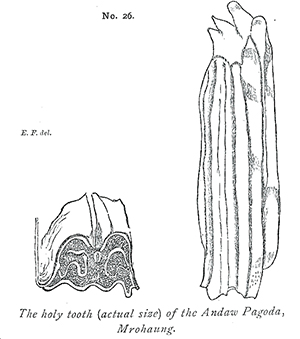
Figure 1. Illustration from Em Forchhammer, Arakan Antiquities (1891).
Führer had misunderstood Forchhammer. The Arakanese tooth relic was not from the Buddha’s final incarnation, but from an earlier rebirth as a wild animal. When challenged on the relic’s superhuman size, Führer blustered an explanation:
‘It is quite different from any ordinary human tooth. But you will know that Bhagavat-Buddha was no ordinary being as he was 18 cubits in height as your sacred writings state. His teeth should therefore not have been shaped like ours. This is also the case with the sacred tooth which is preserved at Kandy in Ceylon.’46
U Ma was not persuaded. He knew enough of the Buddha’s life story to know that Gautama was not a giant.
Bernard Houghton typed up two of Führer’s letters and attached them to his demi-official complaint to Führer’s employers, the NWPO government. Führer was caught in a fork. If the relics and inscriptions were genuine, why had he not reported such an important find to the ASI? If bogus, why was he exporting trouble to Burma? Aware that the evidence spoke for itself, Houghton could adopt a relaxed tone in his complaint:
‘I had intended writing about this before but the subject somehow escaped my memory … Cholmeley … is very indignant … While taking a rather more cynical view of the matter, I think that its morality is somewhat dubious, and anyway I object to the planting of any more of these relics in this district.’47
The complaint left Rangoon on 2 February and reached Führer on 4 March. With it, Führer received an ominous letter from the NWPO Chief Secretary summarizing the three charges he must answer:
• Count One – That Führer was aware the relics were fraudulent: ‘To impose upon the Buddhist community … would not only partake of the nature of an imposture, but, coming from an antiquarian, would be a grave offence against archaeological truth.’
• Count Two – Disposing of government property: ‘These objects came into Dr Führer’s possession in the course of his official explorations, and are therefore the property of Government … Dr Führer has no authority to present any of the archaeological specimens discovered by him to either his private friends or to any official body …’
• Count Three – Peculation: ‘Dr Führer has received presents of apparently some value from the Burmese gentleman … He must explain his action in transgressing the rules which forbid the acceptance of presents to public servants.’48
Führer was doomed on the first two counts, although he had a fairly good defence to the third. He postponed his fate by asking Burma to send proof of the 1896 relic. On 16 September 1898, Führer’s offer of resignation was accepted by the Calcutta authorities. Führer and his family left India shortly afterwards.

